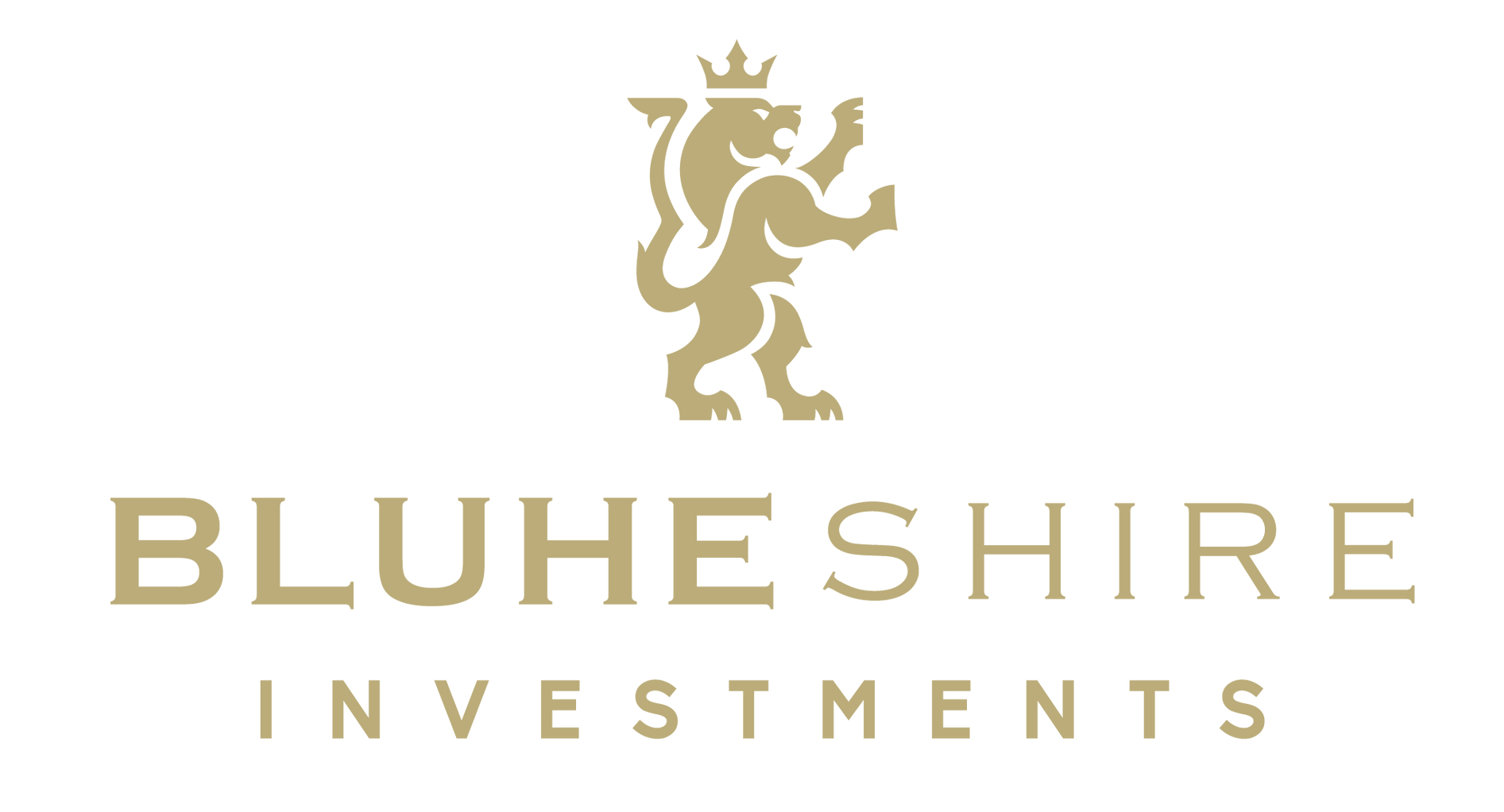Project Funding
monetize Your Bank Draft
Monetizing Bank Drafts for Project Funding
Monetizing a bank draft involves using the draft as collateral to borrow money, potentially allowing a borrower to access additional funding but also carrying the risk of having to pay back the loan to the lender if the borrower fails to fulfill their obligation.
What is monetizing a Bank Draft?
Monetizing a bank draft means using the bank draft as collateral to borrow money. A bank draft is a financial instrument that is issued by a bank and guaranteed by the bank's credit. It is similar to a check, but it is generally considered to be a more secure form of payment because it is backed by the bank's credit rather than the account holder's funds.
To monetize a bank draft, a borrower would typically need to find a lender who is willing to accept the bank draft as collateral for a loan. The lender may require the borrower to provide additional information about the bank draft, such as its terms and conditions and the creditworthiness of the bank issuing the draft.
Monetizing a bank draft can be a useful way for a borrower to access additional funding, but it also carries some risks. If the borrower fails to repay the loan, the lender may be able to draw on the bank draft to recoup the loan. Additionally, monetizing a bank draft may require the borrower to pay fees to the bank and the lender, which can add to the cost of borrowing.
How It Works
1. Obtain a bank Draft
In order to monetize a bank draft, the client must first obtain the draft from a bank. This may require the client to provide certain information to the bank, such as its financial history, creditworthiness, and the details of the obligation that the draft is intended to secure.
2. Find a lender
The client will need to find a lender that is willing to lend money against the bank draft as collateral. The lender may require the client to provide additional information about the draft, such as its terms and conditions, the creditworthiness of the bank issuing the draft, and the details of the underlying obligation.
3. Negotiate terms
The client will need to negotiate the terms of the loan with the lender, including the amount of the loan, the interest rate, and the repayment schedule.
4. Sign an agreement
Once the terms of the monetization have been agreed upon, the client and the lender will need to sign a loan agreement outlining the terms of the loan and the rights and obligations of each party.
5. Provide the bank guarantee to the lender
The client will need to provide the bank guarantee to the lender as collateral for the loan. The lender may require the client to provide an original copy of the Draft or may accept a certified copy.
6. Repay the loan or fulfill the terms of the sale
The client will need to make regular payments to the lender in accordance with the terms of the loan agreement. If the client fails to fulfill its obligations under the underlying contract that the bank Draft was intended to secure, the lender may be able to draw on the Draft to recoup the loan.


